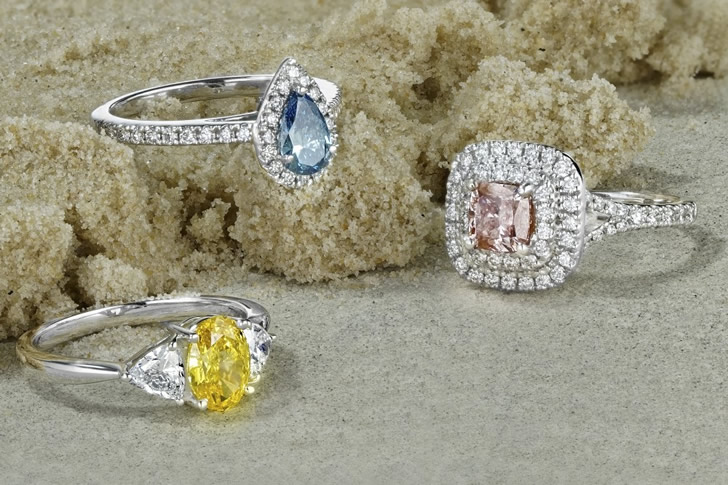How to Compare Lab Diamonds with Natural Diamonds
The timeless allure of diamonds remains undisputed, yet the rise of lab-grown diamonds presents consumers with a new and intriguing choice. For those on the brink of a purchase, understanding the differences and similarities between lab and natural diamonds can be pivotal. This article offers a comparative lens, ensuring you’re well-versed in the unique attributes of each, facilitating a decision that aligns with your values and preferences.

Formation Process:
Natural diamonds are formed deep within the Earth’s mantle over billions of years under high pressure and temperature. Conversely, lab diamonds replicate this process in controlled environments using advanced technological methods, such as High Pressure High Temperature (HPHT) or Chemical Vapor Deposition (CVD), resulting in a diamond in weeks or months.
Purity and Inclusions:
Both lab and natural diamonds can possess inclusions, though their nature might vary. Natural diamonds often have inclusions formed by minerals or fractures. Lab diamonds might exhibit inclusions from the creation process, such as metallic flux inclusions in HPHT diamonds. However, the controlled environment of lab diamond production often results in fewer and different types of inclusions.
Cost Implications:
Due to the reduced overhead of mining and the efficiency of lab processes, lab-grown diamonds typically come at a more attractive price point than their natural counterparts, sometimes up to 30% less. This pricing disparity allows consumers to potentially purchase a larger or higher quality diamond for the same budget.
Environmental and Ethical Impact:
Natural diamond mining can have significant ecological footprints, displacing large amounts of earth and affecting ecosystems. Moreover, some regions have histories tainted by “blood diamonds” or conflict diamonds. Lab diamonds boast minimal environmental impact, requiring less land and water, and they bypass the concerns of unethical sourcing.
Value and Resale:
Historically, natural diamonds have held their value over time and might offer higher resale values seed to lab diamonds. While lab diamonds are gaining traction and acceptance, their resale market is still maturing. Buyers should consider this if viewing the purchase as an investment.
Choosing between a lab-grown and a natural diamond is an intimate decision, shaped by personal values, aesthetics, and budgetary considerations. Each has its merits and unique attributes. By understanding the nuances of their formation, purity, cost, ethical implications, and long-term value, you can make a choice that resonates deeply with you. Remember, whether formed in a lab or the depths of the Earth, the symbolic and emotional value of a diamond remains deeply personal, transcending its origins.







Recent Comments